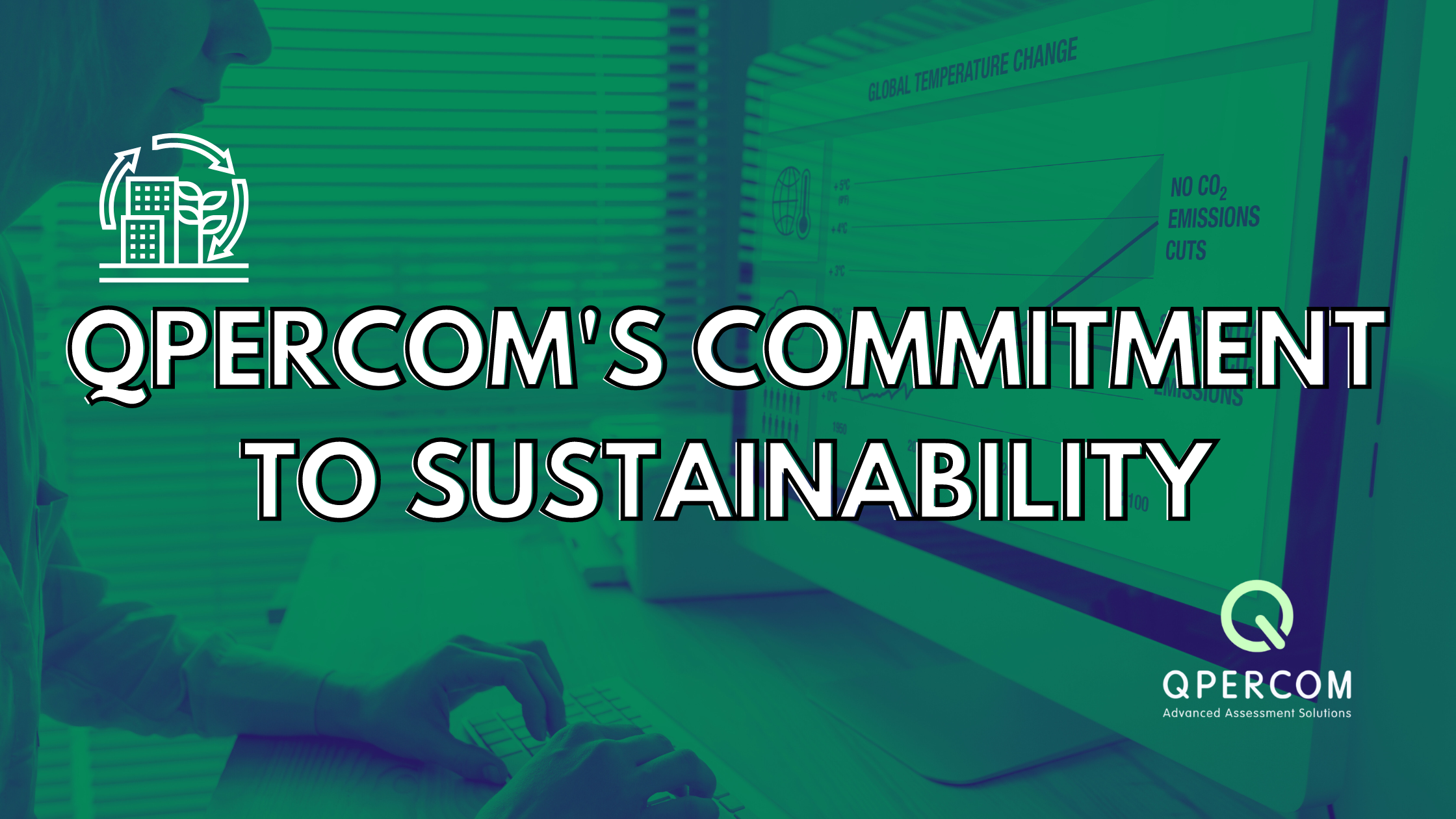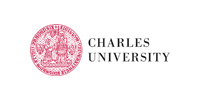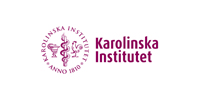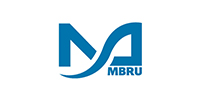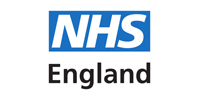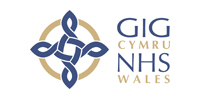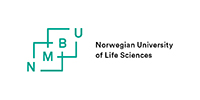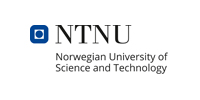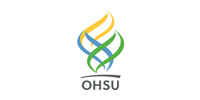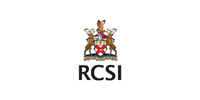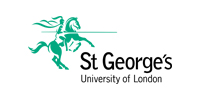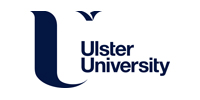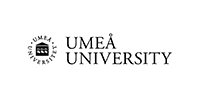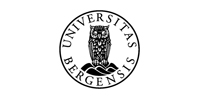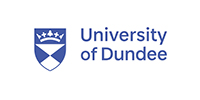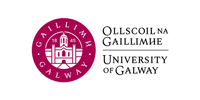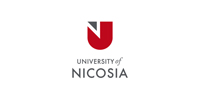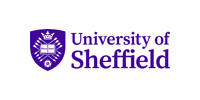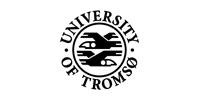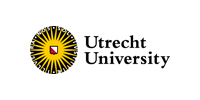Qpercom Ltd has a strong dedication to sustainability by actively working towards eliminating the use of paper in assessment processes. By incorporating cloud-hosted platforms and video integration for remote exams and assessment days, Qpercom is not only improving efficiency and accessibility but also reducing paper waste and promoting a greener approach to assessment.
Qpercom Ltd was granted ‘Green for Micro‘ mentoring assistance by the Galway Local Enterprise Office. The company enlisted the services of Christian Kubernat from EcoMerit Ltd as their designated consultant.
What is Qpercom?
Qpercom specializes in developing innovative software solutions for assessment purposes. Their digital platforms are utilized to identify, select, and evaluate top candidates during interviews conducted within exams, assessment centers, admissions procedures, and other selection processes. Qpercom platforms are cloud-hosted, video-integrated for remote exams and assessment days and accessible on most devices.
The objectives of Green for Micro
The objectives of the “Green for Micro” mentoring support awarded to Qpercom Ltd by Galway Local Enterprise Office, with the assistance of Christian Kubernat from EcoMerit Ltd, were focused on establishing the carbon footprint of Qpercom’s business and implementing measures to reduce paper usage and associated carbon savings. By establishing the carbon footprint of its business, Qpercom Ltd aims to gain insights into their environmental impact and identify areas for improvement. This information will help Qpercom in measuring and tracking its progress towards reducing their carbon footprint in future years.
Qpercom’s Carbon Footprint:
Unfortunately, we were unable to obtain specific energy performance data for the Amazon Web Services data centres that Qpercom utilizes. However, during an online search, we came across information from a 2017 Stanford Magazine article citing a Carnegie Mellon University study. According to this study, it was determined that the energy cost of data transfer and storage is approximately 7 kWh per gigabyte. (Zhu et al., 2013) During a conference organized by the American Council for an Energy-Efficient Economy, it was reported that energy consumption in data transfer is estimated to be around 3.1 kWh per gigabyte. An article published online by the Digital Product Agency EMERGE in 2016 (updated in 2020) highlighted that according to the same organization, electricity usage during data transfers amounts to approximately 5.12 kWh per gigabyte (Beletsioti et al., 2020).
The production of carbon dioxide is a concern in the transfer of data. According to experts, transferring 1GB of data can generate around 3kg of CO2. The energy efficiencies within individual data centers will affect the actual kWh/GB ratio, but for this assessment, an average value of 5 kWh/GB is used. It should be noted that these values may change if actual data from the individual data centers or AWS becomes available. To estimate location-based emissions for each Qpercom data center, the annual 2021 electricity emissions factor for each country was used. The following table provides details on all Qpercom’s utilized locations and includes the aforementioned conversion rate (5kWh/GB). Information about location-based electricity emissions was obtained from Our World in Data website.
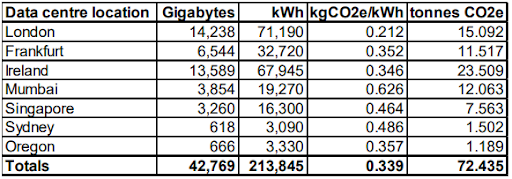
The provided table clearly illustrates the significant variations in emissions across different national electricity grids, which are influenced by the fuel sources used for generating electricity. This data has been inputted into the annual performance record workbook of EcoMerit, along with emission figures from the Home and Hub working workbooks, as well as business travel. The accompanying graph displays a total energy carbon footprint of 75.15 tonnes CO2e in 2021, taking into account the recommended carbon reduction target of 7% annually, in alignment with both Irish Government regulations and international decarbonization agreements.

From the chart above and the pie chart below it is evident that emissions via data centres constitute the largest proportion associated with the company’s activities.

Paper savings via Scoresheets:
During the project inception meeting, a suggestion was made to explore the environmental advantages of using digital scoresheets instead of paper-based exams. To determine the emissions savings associated with the utilization of digital scoresheets as an alternative to paper tests/exams, we relied on the greenhouse gas reporting conversion factors provided by the UK Government for 2021. In order to calculate total emission savings, we considered Scope 3 emissions related to paper material usage and waste. The following table presents emissions linked to both closed-loop sources (recycled paper) and primary material production (virgin paper).

Due to uncertainty regarding the origin of saved paper, an average emission value of 829.4 kg CO2e per tonne will be employed for this assessment. In an effort to reduce greenhouse gas emissions, the carbon footprint has been introduced as a measure of the total amount of carbon dioxide and other greenhouse gasses emitted throughout the entire lifecycle of a product or service. The carbon footprint is typically measured in tons of CO2 and helps assess the environmental impact caused by a product or service.
Similarly, when it comes to disposing paper waste after use or storage, various methods have different associated emissions. In educational establishments, recycling or incineration are assumed for paper waste treatment instead of composting or landfilling. Based on this assumption, we can estimate that 8.7 tonnes of paper have been saved through digital scoresheets used on Qpercom platform so far.
Using data received from 229,839 logged scoresheets in 2021 and an overall count of 1.74 million scoresheets to date (equivalent to approximately one tonne), we calculate that material use for these scoresheets accounts for around 7.216 tonnes CO2e while wastepaper disposal contributes about 0.185 tonnes CO2e.
Therefore, based on this estimation, using digital Qpercom scoresheets instead has resulted in saving approximately 7.401 tonnes of CO2e emissions thus far.
Competitor environmental credentials research:
Qpercom’s sustainability approach stood out for its utilization of digital scoresheets. This technological solution eliminates the possibility of human error in manual calculations and ensures accurate and reliable results. Additionally, it offers clear scoring metrics that guide examiners in their assessments using standardized criteria. Furthermore, instant statistical analysis provides valuable real-time feedback after each assessment session.
Pearson VUE‘s website states that their UK operation has been certified with ISO 14001:2015 International Standard for Environmental Management since 2009. They emphasize their commitment to reducing their carbon footprint and improving environmental interactions as a global corporation. However, specific information regarding the company’s carbon footprint, environmental policies, and performance could not be found on their website. Additionally, attempting to verify Pearson Vue’s certification status through the SGS certification directory search facility did not yield results.
Unfortunately, the ExamSoft website does not provide any information regarding their carbon footprint, environmental policies and practices, or certification.
I was unable to find any information regarding Acuity or previously Altus’ carbon footprint, environmental policies and performance, or certification on their respective company websites.
FRY/IT the company’s website does not provide any information regarding their carbon footprint, environmental policies and performance, or certification.
Speedwell The company’s official website, does not provide any information regarding the company’s carbon footprint, environmental policies or performance, and certification.
References:
Kurniawan, P. S., Astawa, I. G. P. B., Vijaya, D. P., & Diputra, I. B. R. P.. (2019, January 1). Carbon Information Disclosure Practice in Indonesia: A Comprehensive Study from Manufacturing and Mining Industry. https://scite.ai/reports/10.2991/teams-19.2019.2
Zhu, L., Zhao, W., Wu, H., Liu, Y., & Hu, Z.. (2013, January 1). Prototype Design of Self-securing Portable Storage Device. https://scite.ai/reports/10.2991/isccca.2013.186
Beletsioti, G. A., Papadimitriou, G. I., Nicopolitidis, P., Varvarigos, E., & Mavridopoulos, S. B.. (2020, January 1). A Learning-Automata-Based Congestion-Aware Scheme for Energy-Efficient Elastic Optical Networks. https://scite.ai/reports/10.1109/access.2020.2996279

